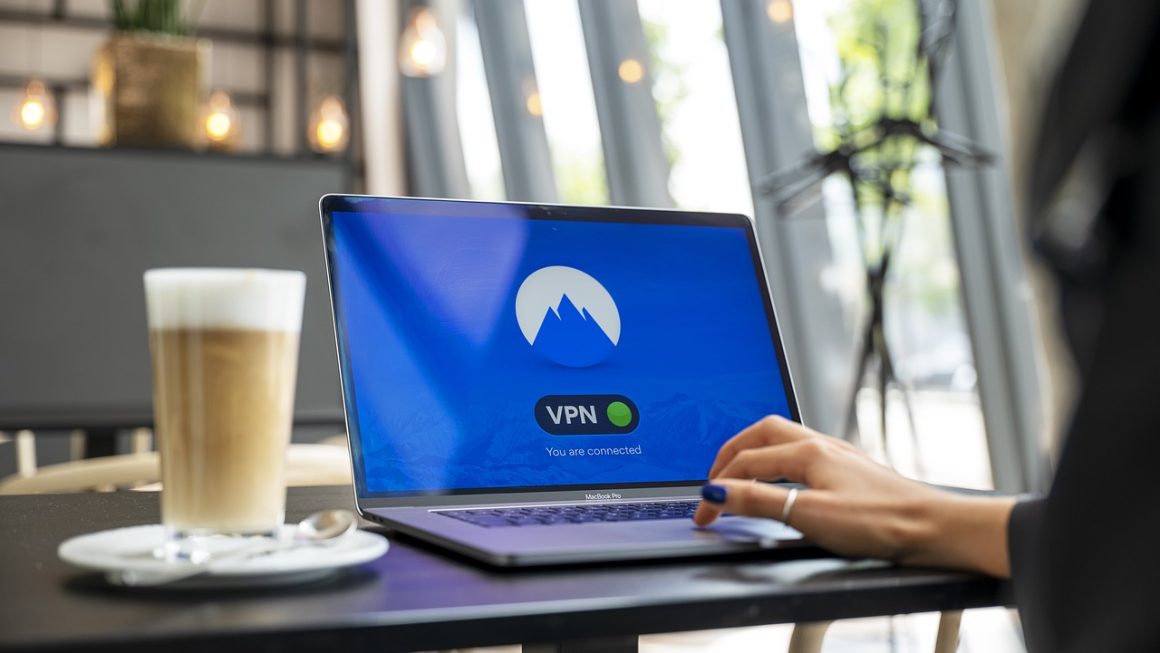The digital revolution has transformed the way we work, and one of the most significant shifts is the rise of working from home. No longer a fringe benefit, it’s becoming a mainstream option, offering unprecedented flexibility and autonomy. But making the transition requires more than just setting up a laptop on the kitchen table. This guide provides a comprehensive look at how to thrive in the world of remote work.
Setting Up Your Home Office for Success
Working from home effectively starts with creating a dedicated and conducive workspace. Think beyond just a desk and chair; consider the entire environment.
Choosing the Right Space
- Dedicated Area: Ideally, designate a specific room or area solely for work. This helps create a mental boundary between your professional and personal life.
Example: Converting a spare bedroom into an office or dedicating a corner of a living room with a screen or bookshelf as a divider.
- Minimize Distractions: Select a location away from high-traffic areas, loud noises, and potential interruptions.
Tip: Communicate boundaries with family members or housemates to respect your work time.
- Lighting and Ventilation: Ensure adequate natural light and ventilation to promote alertness and well-being. Consider a daylight lamp if natural light is limited.
Essential Equipment and Technology
- Ergonomic Setup: Invest in an ergonomic chair, adjustable desk, and monitor stand to prevent strain and discomfort. According to OSHA, proper ergonomics can significantly reduce musculoskeletal disorders.
- Reliable Internet: A stable and high-speed internet connection is crucial. Consider a backup internet option in case of outages.
- Headset and Webcam: Essential for clear communication during virtual meetings and collaborations.
Example: Noise-canceling headsets can significantly improve call quality.
- Printer/Scanner: While many tasks are digital, having access to a printer and scanner can be beneficial for occasional paperwork.
- Software & Tools: Ensure you have the necessary software for your role (e.g., Microsoft Office, Google Workspace, project management software).
Creating a Productive Environment
- Organization is Key: Keep your workspace tidy and organized to minimize distractions and improve focus.
Tip: Utilize desk organizers, file cabinets, and digital tools to manage your workload.
- Personalization (Within Reason): Add personal touches to your workspace to make it more inviting and motivating, but avoid excessive clutter.
- Dedicated Work Hours: Establishing set work hours helps maintain a routine and separates work from personal time.
Mastering Time Management and Productivity
Working from home requires exceptional time management skills to stay on track and avoid distractions.
Setting Realistic Goals
- Break Down Tasks: Divide large projects into smaller, more manageable tasks to avoid feeling overwhelmed.
Example: Instead of “Complete marketing campaign,” break it down into “Research target audience,” “Create content calendar,” “Design visuals,” etc.
- Prioritize Effectively: Use methods like the Eisenhower Matrix (urgent/important) or Pareto Principle (80/20 rule) to prioritize tasks based on their impact and urgency.
- Time Blocking: Schedule specific blocks of time for different tasks in your calendar to ensure focused work.
Avoiding Distractions
- Social Media Management: Limit access to social media and other distracting websites during work hours. Utilize website blockers if necessary.
- Minimize Interruptions: Communicate your work hours to family members and request uninterrupted time.
- The Pomodoro Technique: Work in focused bursts (e.g., 25 minutes) followed by short breaks to maintain concentration.
- Create a “Do Not Disturb” Zone: Physically signal to others when you need uninterrupted focus time (e.g., using a sign on your door).
Tools and Techniques
- Task Management Software: Utilize tools like Asana, Trello, or Todoist to manage tasks, track progress, and collaborate with team members.
- Time Tracking Apps: Use apps like Toggl Track or RescueTime to monitor how you spend your time and identify areas for improvement.
- Batching Similar Tasks: Group similar tasks together to minimize context switching and increase efficiency. For example, answer all emails at once instead of throughout the day.
Communication and Collaboration in a Remote Environment
Effective communication is even more critical when working remotely to maintain team cohesion and productivity.
Clear and Concise Communication
- Over-Communicate: Err on the side of over-communication to ensure everyone is on the same page. Don’t assume people know what you’re thinking.
- Utilize Multiple Channels: Use a combination of email, instant messaging, video conferencing, and project management tools to communicate effectively.
- Active Listening: Pay attention during virtual meetings and actively listen to understand what others are saying. Ask clarifying questions.
- Be Mindful of Tone: In written communication, be mindful of your tone to avoid misunderstandings. Use emojis or clear language to convey your intent.
Leveraging Technology for Collaboration
- Video Conferencing Tools: Use platforms like Zoom, Microsoft Teams, or Google Meet for virtual meetings, team building, and presentations.
Tip: Encourage team members to turn on their cameras to foster a stronger connection.
- Collaboration Platforms: Use tools like Slack, Microsoft Teams, or Google Workspace to share documents, collaborate on projects, and communicate in real-time.
- Project Management Software: Use platforms like Asana, Trello, or Jira to track progress, assign tasks, and manage projects effectively.
- Shared Calendars: Utilize shared calendars to coordinate schedules and avoid scheduling conflicts.
Building Relationships Remotely
- Virtual Social Events: Organize virtual team-building activities like online games, coffee breaks, or happy hours to foster connections and camaraderie.
- Regular Check-Ins: Schedule regular check-ins with team members to discuss progress, address concerns, and provide support.
- One-on-One Meetings: Conduct regular one-on-one meetings with direct reports to provide feedback, discuss career development, and build rapport.
Maintaining Work-Life Balance
One of the biggest challenges of working from home is maintaining a healthy work-life balance.
Setting Boundaries
- Establish Clear Work Hours: Define specific work hours and stick to them as much as possible.
- Create a Transition Ritual: Develop a routine to signal the beginning and end of the workday, such as getting dressed for work or taking a walk after work.
- Disconnect After Work: Turn off work notifications, close your laptop, and avoid checking emails after hours.
- Communicate Boundaries: Communicate your work hours to family members and colleagues to avoid interruptions during personal time.
Prioritizing Self-Care
- Take Regular Breaks: Schedule regular breaks throughout the day to stretch, walk around, and disconnect from work.
- Exercise Regularly: Incorporate physical activity into your daily routine to reduce stress and improve overall well-being. According to the Mayo Clinic, regular exercise can boost mood and energy levels.
- Eat Healthy: Maintain a healthy diet to fuel your body and mind.
- Get Enough Sleep: Aim for 7-8 hours of sleep per night to improve focus and productivity.
Managing Stress and Burnout
- Recognize the Signs of Burnout: Be aware of the symptoms of burnout, such as exhaustion, cynicism, and reduced performance.
- Practice Mindfulness: Engage in mindfulness exercises or meditation to reduce stress and improve focus.
- Seek Support: Talk to friends, family, or a therapist if you’re feeling overwhelmed or stressed.
- Take Time Off: Schedule regular vacations or staycations to recharge and disconnect from work.
Conclusion
Working from home offers a multitude of benefits, including increased flexibility, autonomy, and productivity. However, it also presents unique challenges, such as maintaining focus, managing time effectively, and preserving work-life balance. By implementing the strategies outlined in this guide, you can create a thriving and sustainable remote work experience. Remember to prioritize your physical and mental well-being, communicate effectively with your team, and continuously adapt your approach to optimize your productivity and happiness. Embracing the flexibility of remote work, while maintaining discipline and structure, is the key to unlocking its full potential.




